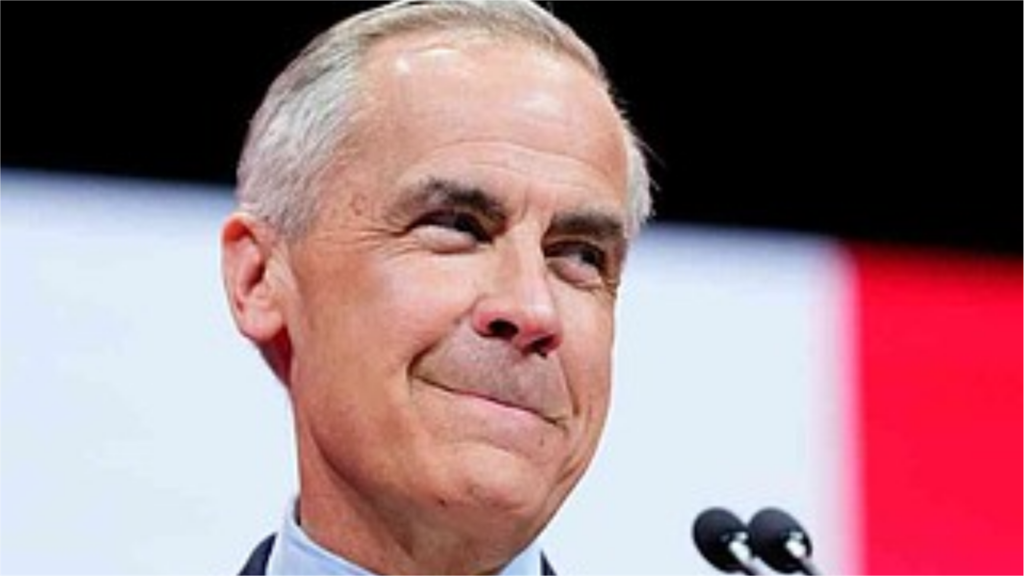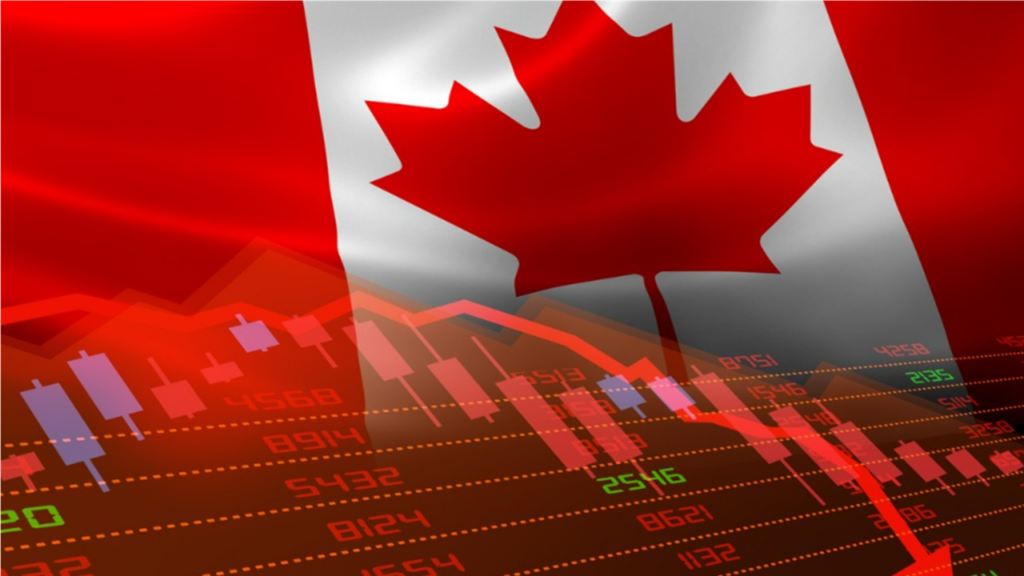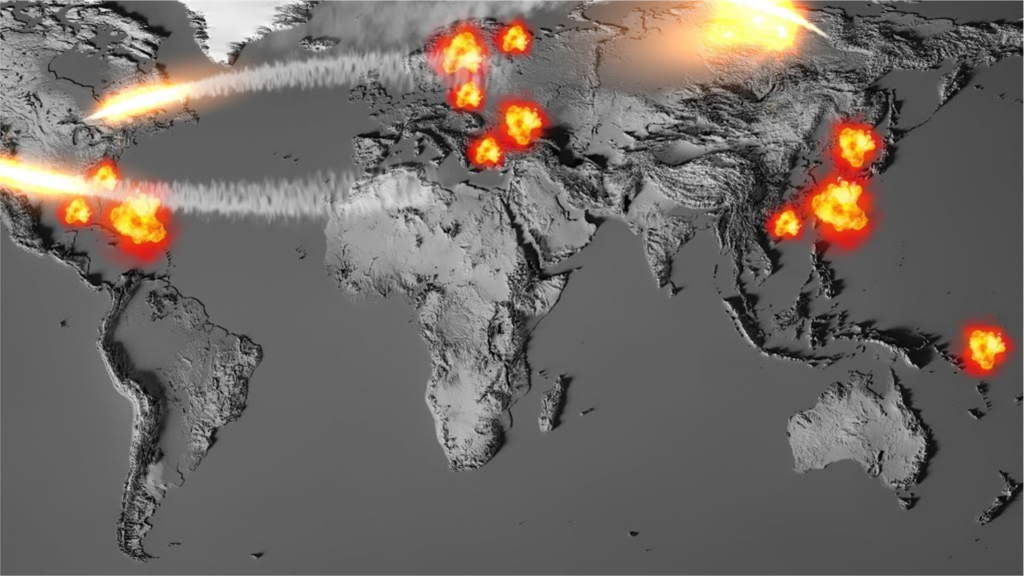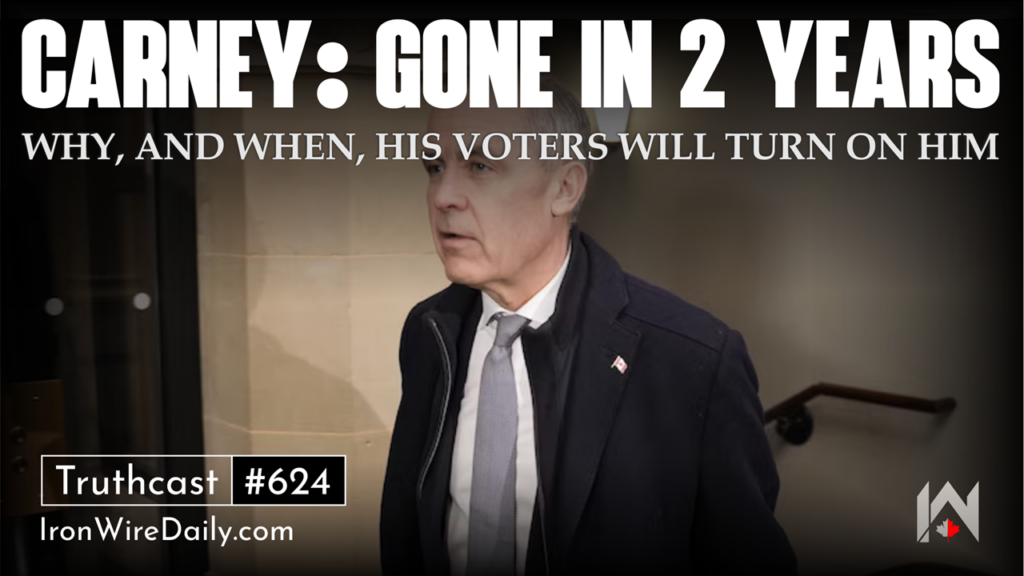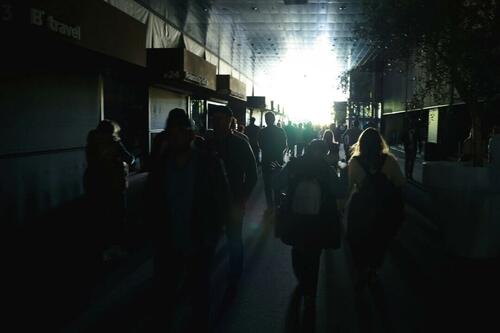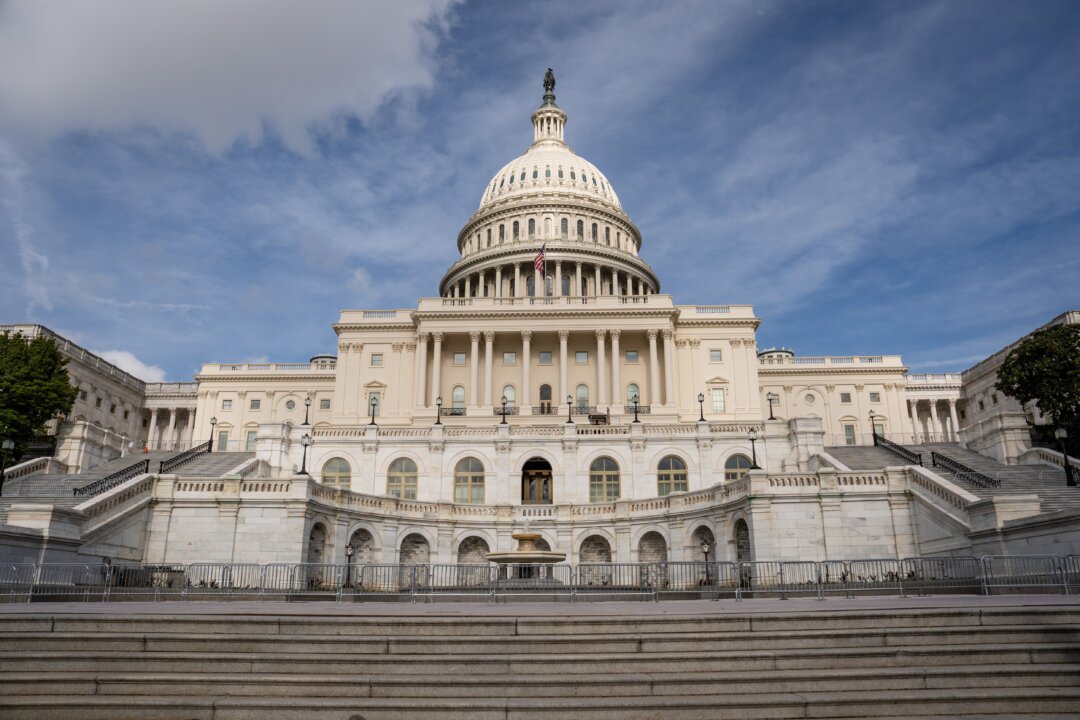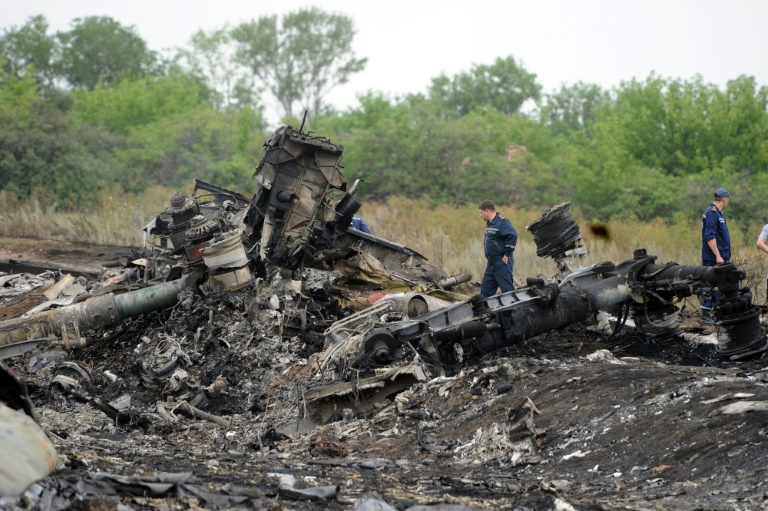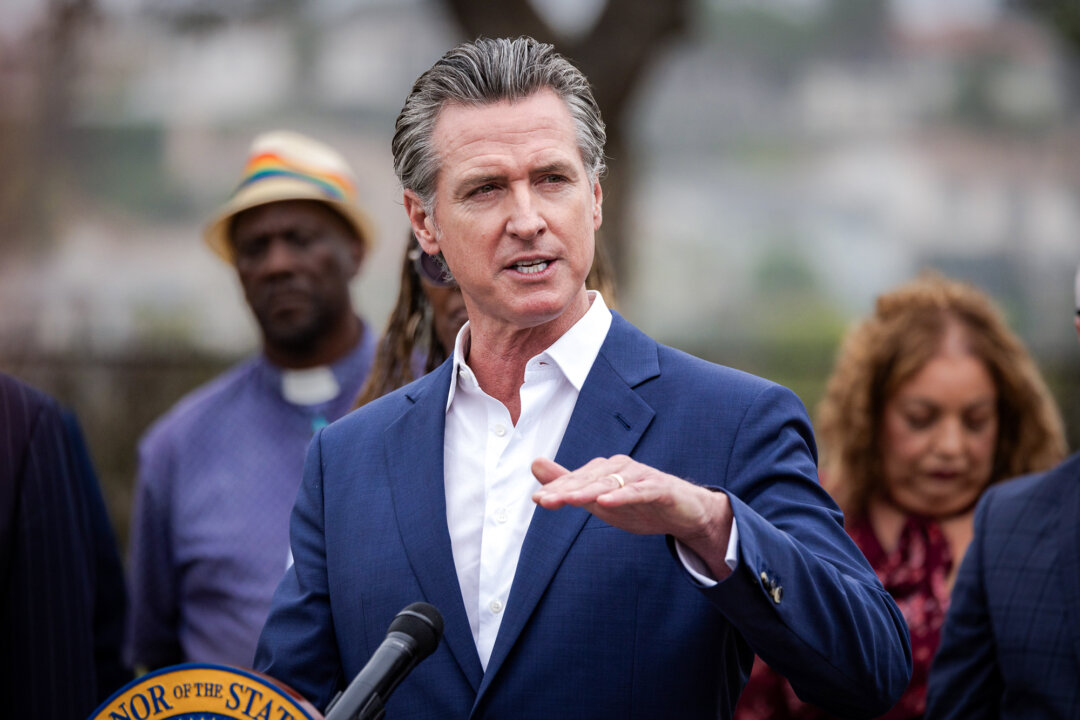US Supply Chain Issues On The Horizon | Armstrong Economics

Businesses cannot properly determine how much or when to buy due to ever-changing tariffs. Tariffs will certainly not halt trade, but they have caused a kink in the supply chain. The Port of Seattle reported a temporarily lack of any container ships last week.
“I can see it right over my shoulder here, I’m looking out at the Port of Seattle right now, and we currently have no container ships at berth,” Seattle port commissioner Ryan Calkins told CNN last Wednesday. “That happens every once in a while at normal times, but it’s pretty rare,” he added. “And so to see it tonight is I think a stark reminder that the impacts of the tariffs have real implications.” Calkins told CNN that he has not seen such a consistent lull in activity since the COVID era.
Long Beach Port CEO Mario Cordero also noted that the lull was reminiscent of the COVID era. “We are at a point of inflection. It’s kind of dire,” Mario Cordero, Port of Long Beach CEO, told NBC. “What happens here is going to be an indication of what’s going to occur in the supply chain. We have less vessel calls, less cargo now.”
A 35% decline in traffic was reported at the Port of Los Angeles. “You could hear a pin drop,” said Port of Los Angeles Director Gene Seroka last week. “It’s very unusual.” Seroka also told AFP that American importers have reported having five to seven weeks of normal inventory on hand, with many retailers completely halting shipments from China.
Dock workers, truckers, and warehouse employees risk losing employment. Understandably, ports on the West Coast are feeling the impact first as they are the hub for shipments from Asia. Many expect the slowdown to spread to the Gulf eventually and then the East Coast ports.
